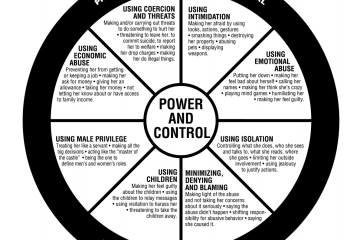The Complex Story of Natalia Grace: A Case of Controversy

Introduction
The story of Natalia Grace has captured public attention, raising questions about ethics in adoption and the complexities surrounding childhood disabilities. As new information surfaces, the narrative thickens, propelling this case into the spotlight and igniting debates across the globe regarding parental responsibility and the nature of childhood. This article explores the events surrounding Natalia Grace, shedding light on the importance of understanding her situation.
The Adoption Controversy
Natalia Grace, a young girl from Ukraine, was adopted by an American couple in 2010. Initially believed to be a young child, Natalia’s age and medical condition sparked a wave of controversy, suggesting she may actually have been an adult posing as a minor. The adoptive parents, Kristine and Michael Barnett, have stated they were misled about Natalia’s age and that she exhibited behaviours typical of someone much older than the age presented during the adoption process.
In 2019, after years of turmoil, the Barnetts reportedly abandoned Natalia, relocating to a new apartment without her. Their decision drew legal scrutiny, leading to criminal charges against the couple for neglect. The ensuing media coverage has unveiled a complex web of personal accounts and differing perspectives on Natalia’s age, identity, and treatment. This has not only attracted intrigue but also raised ethical questions regarding the foster care and adoption systems.
Public Reaction and Implications
The broader implications of the Natalia Grace case have stirred discussions in child protection and adoption practices. The public response has been polarized: many sympathise with Natalia’s plight, while others express outrage toward the parents for what they perceived as abandoning a vulnerable child. This case highlights the challenges faced by those working within child welfare systems, focusing on the clarity required in age assessments and the psychological understanding of adopted children.
Conclusion
The Natalia Grace story remains unresolved as various legal actions unfold. As society grapples with these issues, it becomes crucial to consider the stories of all involved – the child, the parents, and the systems in place. With adoption figures rising globally, understanding the implications of such controversies enhances awareness of the broader challenges within the foster care system. Looking ahead, increased scrutiny and reform may be necessary to ensure the welfare of children across the world is prioritised, thereby preventing future tragedies.









